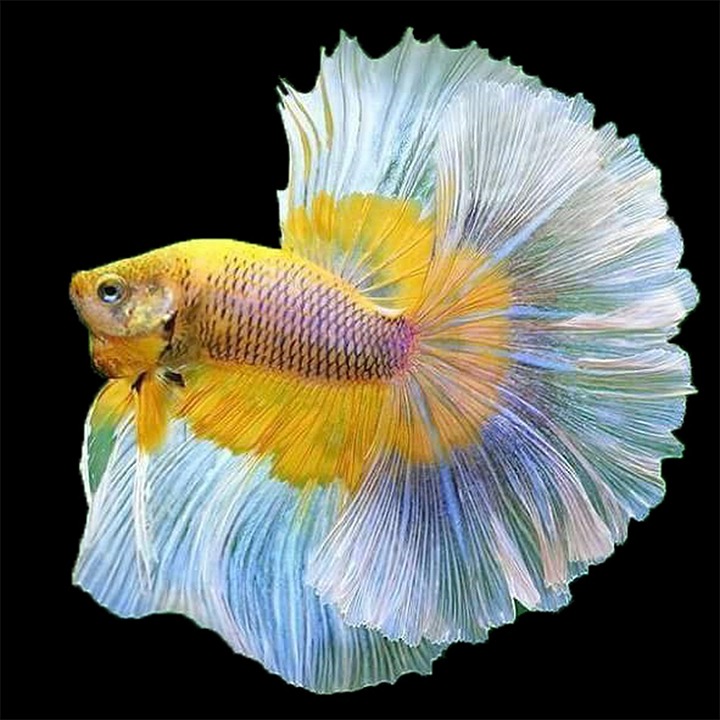In this article, we have discussed the importance of understanding fish behavior and how it can be influenced by various factors. We have explored the role of the environment, including water quality, temperature, lighting, and tank size, in shaping fish behavior. Additionally, we have looked into social behavior and hierarchy among fish, including schooling, aggression, and mate selection.
We have also delved into the stress factors that can impact fish behavior, such as overcrowding, inadequate filtration, and poor water quality. These stressors can lead to negative responses in fish, including aggression, reduced feeding and growth rates, and impaired reproductive behavior.
To address these stress factors and promote positive fish responses, we have discussed several tank stress reduction techniques. Providing sufficient hiding places allows fish to feel secure and reduces stress. Maintaining proper water parameters, including temperature, pH levels, and oxygenation, is crucial for ensuring optimal fish behavior. Creating a balanced diet and feeding routine is also important for the overall well-being of fish. Minimizing external stressors, such as sudden loud noises or excessive handling, can further reduce stress. Regular tank maintenance and water changes help maintain a clean and healthy environment for fish.
Implementing these stress reduction techniques can have a significant impact on fish responses. By reducing aggression and stress-related diseases, fish can live in a more harmonious environment. Improved feeding and growth rates are also observed when stressors are minimized. Additionally, creating a stress-free tank environment can enhance reproductive behavior and ultimately contribute to the overall well-being of fish.
In the FAQs section, we have addressed common questions regarding fish stress, diseases, the effectiveness of hiding places, monitoring water parameters, and the lifespan of fish.
In conclusion, understanding fish behavior and implementing tank stress reduction techniques are essential for creating a harmonious and stress-free environment for fish. By considering the various factors that influence fish behavior and taking steps to reduce stress, fish owners can ensure the well-being and longevity of their aquatic pets. Creating a tank environment that supports natural fish behavior not only enhances their overall well-being but also promotes healthier and more vibrant aquatic communities.









